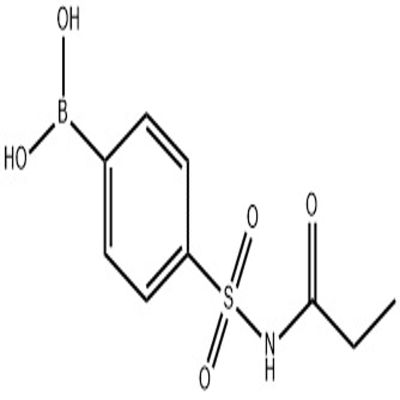-
Categories
-
Pharmaceutical Intermediates
-
Active Pharmaceutical Ingredients
-
Food Additives
- Industrial Coatings
- Agrochemicals
- Dyes and Pigments
- Surfactant
- Flavors and Fragrances
- Chemical Reagents
- Catalyst and Auxiliary
- Natural Products
- Inorganic Chemistry
-
Organic Chemistry
-
Biochemical Engineering
- Analytical Chemistry
- Cosmetic Ingredient
-
Pharmaceutical Intermediates
Promotion
ECHEMI Mall
Wholesale
Weekly Price
Exhibition
News
-
Trade Service
3-Pyridinecarboxaldehyde, 4-bromo-, hydrobromide (1:1) is a chemical compound that is commonly used in a variety of industrial applications.
This compound is synthesized through several different routes in the chemical industry, each of which has its own advantages and disadvantages.
In this article, we will take a closer look at the synthetic routes of 3-Pyridinecarboxaldehyde, 4-bromo-, hydrobromide (1:1) and the factors that influence the choice of route.
One of the most common synthetic routes for 3-Pyridinecarboxaldehyde, 4-bromo-, hydrobromide (1:1) involves the reaction of pyridine-3-aldehyde with bromine in the presence of a solvent such as acetone or ethanol.
This route is widely used because it is relatively simple and can be easily scaled up for industrial production.
Another synthetic route involves the reaction of 3-pyridinecarboxaldehyde with 4-bromoacetaldehyde in the presence of a strong acid catalyst such as sulfuric acid.
This route is also relatively simple and can be easily adapted for industrial production.
A third synthetic route involves the reaction of pyridine-3-amine with hydrobromic acid in the presence of a solvent such as dioxane or water.
This route is also relatively straightforward and can be easily scaled up for industrial production.
The choice of synthetic route is influenced by several factors, including the desired purity of the final product, the cost of raw materials, and the availability of equipment and facilities.
In addition, the specific conditions of the reaction, such as the temperature and pressure, can also affect the choice of route.
In conclusion, 3-Pyridinecarboxaldehyde, 4-bromo-, hydrobromide (1:1) is a versatile chemical compound with several synthetic routes available in the chemical industry.
The choice of route will depend on several factors, including the desired purity of the final product, the cost of raw materials, and the availability of equipment and facilities.
Regardless of the route chosen, 3-Pyridinecarboxaldehyde, 4-bromo-, hydrobromide (1:1) is an important chemical that is widely used in a variety of industrial applications.





![1-METHYL-4-[5-(4,4,5,5-TETRAMETHYL-1,3,2-DIOXABORALAN-2-YL)PYRIDINE-2-YL]PIPERAZINE](https://file.echemi.com/fileManage/upload/goodpicture/20210822/m20210822160345712.jpg)

